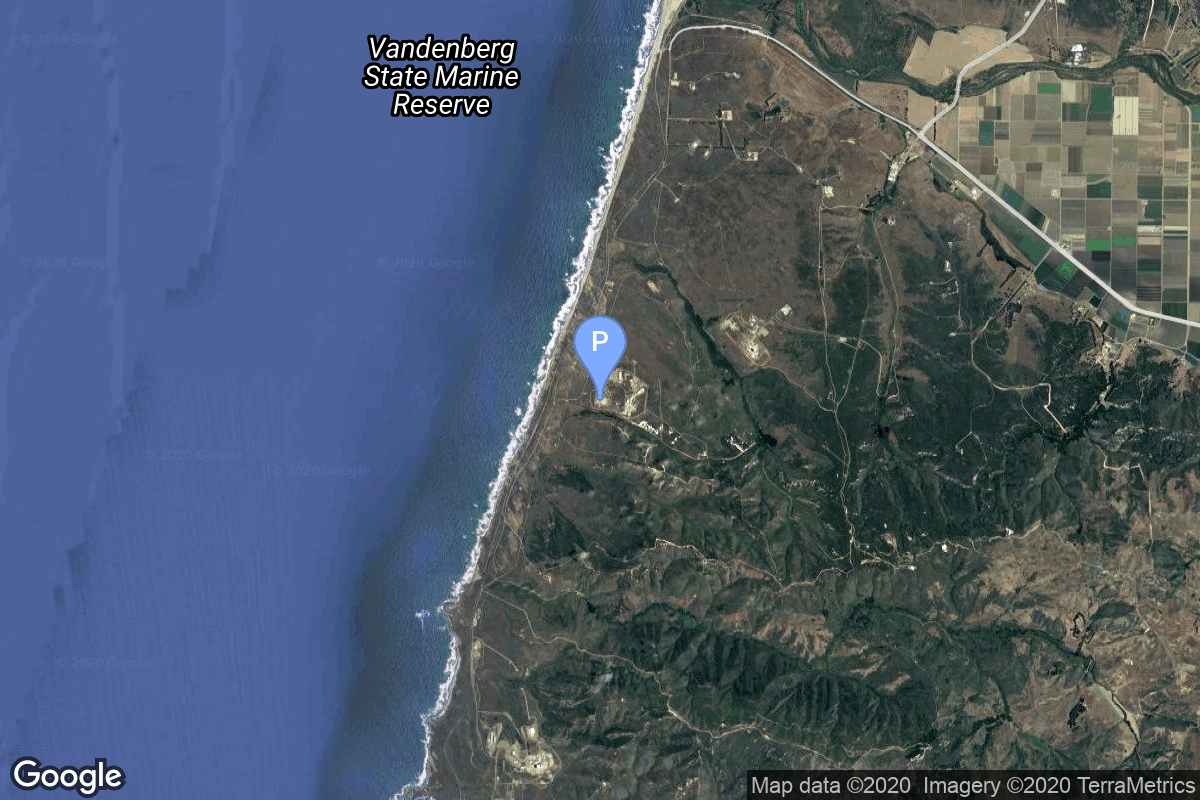QuikScat
Titan II SLV
United States Air Force
Mission
QuikScat
- Type: Earth Science
- Orbit: Polar Orbit
The SeaWinds instrument on the QuikScat (Quick Scatterometer) mission is a “quick recovery” mission to fill the gap created by the loss of data from the NASA Scatterometer (NSCAT), when the ADEOS 1 host satellite lost power in June 1997. The SeaWinds instrument is a specialized microwave radar that measures near-surface wind speed and direction under all weather and cloud conditions over the Earth’s oceans.
Location
Space Launch Complex 4W
Vandenberg SFB, CA, USA
Space Launch Complex 4W has witnessed the launch of 93 rockets, including 93 orbital launch attempts, while Vandenberg SFB, CA, USA, has been the site for 749 rocket launches.
Rocket
Lockheed Martin Titan II SLV
The Titan 23G, Titan II(23)G, Titan 2(23)G or Titan II SLV was an American expendable launch system derived from the LGM-25C Titan II intercontinental ballistic missile. Retired Titan II missiles were converted by Martin Marietta, into which the Glenn L. Martin Company, which built the original Titan II, had merged. It was used to carry payloads for the United States Air Force, NASA and NOAA. Thirteen were launched from Space Launch Complex 4W at the Vandenberg Air Force Base between 1988 and 2003.
Agency
United States Air Force
The United States Air Force (USAF) is the air service branch of the United States Armed Forces, and is one of the eight uniformed services of the United States. Originally created on 1 August 1907, as a part of the United States Army Signal Corps, the USAF was established as a separate branch of the United States Armed Forces in 1947 with the enactment of the National Security Act of 1947.


